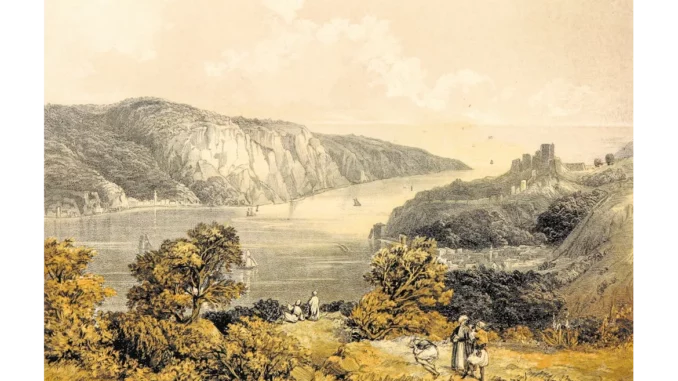
Upon meeting Alice, a seasoned heritage consultant with over a decade of experience, I was eager to delve into the intricacies of decarbonising heritage assets. My aim was to gain insight into how Historic England’s newly published advice note is influencing the future of historic buildings. Alice’s extensive knowledge provided a captivating glimpse into the delicate balance between energy efficiency and heritage preservation.
“Historic buildings are a testament to our past,” Alice began, her voice imbued with the reverence of someone deeply passionate about their work. “Yet, they must also adapt to the future. Balancing these two aspects can be exceptionally challenging.”
The advice note from Historic England seeks to address this very challenge. Aimed at councils, planning officers, and heritage consultants, the guidance delineates how historic buildings can be enhanced for energy efficiency without compromising their historical essence. Alice elaborated on the key elements of the advice note and its potential impact on her profession.
“The document is remarkably thorough,” she explained. “It advocates for a ‘whole building approach,’ which is crucial. This method considers the historic significance of the building while analysing its operational dynamics to inform interventions that are both energy-efficient and cost-effective.”
Alice emphasised that one of the most commendable features of the advice note is its focus on sensitive repair, maintenance, and adaptation. “It’s not about haphazardly adding solar panels to a roof,” she noted with a chuckle. “It involves making thoughtful decisions that honour the building’s historical context.”
The advice note also addresses the often-daunting process of obtaining necessary permissions, such as listed building consent, for implementing changes. “This is a significant advancement,” Alice remarked. “The guidance clarifies the permissions required and offers advice on navigating the bureaucratic maze, thereby fostering confidence among council conservation staff and heritage consultants.”
She pointed out a government heritage advisor survey revealing that only 16% of council conservation staff felt “very confident” in making decisions on energy efficiency retrofit proposals. “That’s an alarmingly low figure,” she commented. “This advice note is a vital tool in enhancing that confidence.”
A particularly practical aspect of the advice note is its guidance on the installation of modern energy solutions, such as insulation, heat pumps, and solar panels. “These adaptations are crucial for reducing carbon emissions and energy costs,” Alice explained. “However, they must be implemented in a manner that preserves the property. The advice note offers clear, actionable steps to achieve this balance.”
Alice expressed particular enthusiasm about the forthcoming training programme from Historic England, set to launch this summer. “Training is essential,” she asserted. “The programme will feature webinars, e-learning, in-person and online workshops, and an online community for local authorities. This comprehensive approach ensures that everyone involved in the planning process is aligned and making consistent decisions.”
Alice is confident that this new guidance will lead to more sustainable use and reuse of historic buildings. “It’s a win-win,” she stated. “We can address the impacts of climate change while preserving our heritage. It’s about creating a future that respects the past.”
As our conversation concluded, Alice reflected on the personal and professional significance of the advice note. “I’m passionate about heritage conservation, but I’m also acutely aware of the need for sustainability. This guidance bridges the gap between these two worlds. It’s an exhilarating time to be in this field.”
Leaving the interview, I felt a renewed appreciation for the complexities involved in preserving our historic buildings while preparing them for the future. Historic England’s advice note is not merely a document; it serves as a roadmap for navigating these intricacies with care and expertise.
For heritage consultants like Alice, and for all who cherish both our history and our environment, this marks a substantial step forward. The equilibrium between sustainability and preservation is delicate, but with the proper guidance, it is undoubtedly achievable.


Be the first to comment